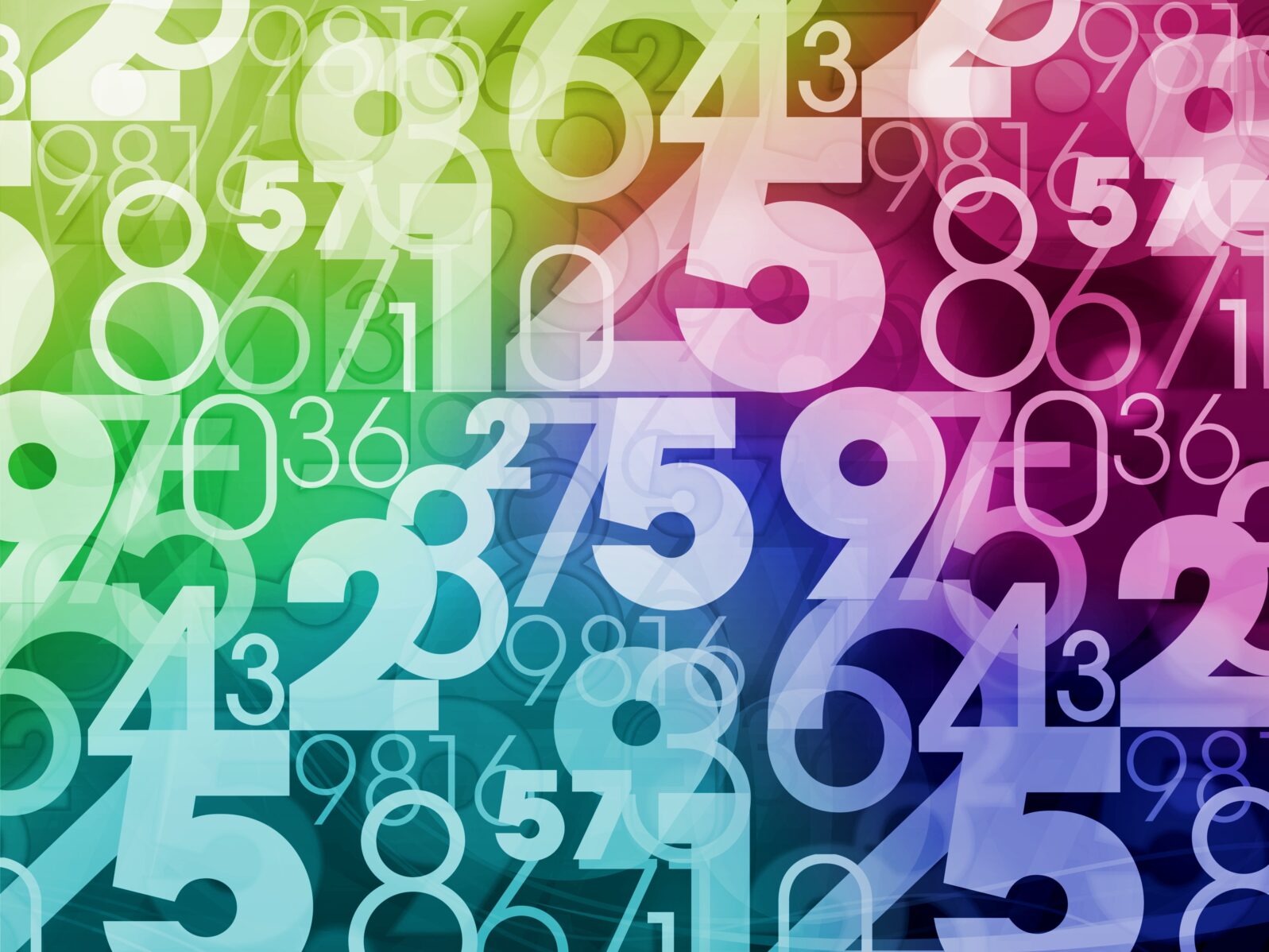Most Real Numbers Are Not Real, or Not in the Way You Think
Typical real numbers contain an encoding of all of the books in the US Library of CongressPick a random real number between zero and one. The number you choose, with probability one, will contain an encoding of all of the books in the US Library of Congress. This sounds absurd, but real numbers require infinite precision and every time you deal with the infinite, things get absurd. Infinities, including the infinite number of digits to express almost every real number, don’t exist. Curiously then, real numbers are not real.
How do we choose a random number between zero and one? The easiest way to explain is using binary decimals. The binary number 0.1000… with zeros forever denotes the number ½ or, in base 10 notation, 0.5. The binary decimal 0.01000… with zeros forever is the number ¼. Keep repeating the 01 pattern in 0.101010… forever gives 2/3. In base 10, this is the same as sixes forever, or 0.666666…
Decimal expressions for real numbers like pi and the square root of two go on forever without repeating.
So here’s how a real number is chosen randomly on the interval 0 to 1. A repeated coin flip is used. Flip a coin. If the result is heads, it’s a one. A tails is a zero.
Here’s the process for generating a random number between 0 and 1:
A coin is flipped and we see a heads. The first bit in the randomly chosen random number is therefore one, or 0.1. Flip the coin again and get another heads and the new number is 0.11. Then a tails for 0.110. Another heads for 0.1101, etc. To generate a real number, the flipping goes on forever so that we get the infinite precision required for a real number.1 Random numbers generated in programs like MatLab or Excel have a finite number of digits and therefore do not have the required infinite precision to be a real randomly chosen number.
Assume a random number is generated by coin flipping. Here are some questions: If we go long enough, will there ever be a sequence of ten 1’s in a row? Obviously yes. How about a hundred one’s in a row? We might have to wait a while but, eventually, yes. At this point, things start to get weird.
Text can be coded as a string of zeros and ones. The standard ASCII assigns a binary string to every English letter, number and punctuation symbol used in this article. You can therefore encode this article into a binary sequence of one’s and zeros. Do you think that, in generating a binary random number, you would eventually run across a bit sequence identical to the ASCII encoding of this article? It will take a long time, but eventually yes. Also, at some time, the entire binary encoding of the King James Bible will be seen. In fact you will eventually generate the binary code for all of the books in the United States Library of Congress.
This might sound unbelievable but remember there is an infinite resource available when flipping a coin an infinite number of times. That’s a lot of coin flips.
Here is what is even more remarkable. If I randomly generate a real number and you randomly generate a random number by coin flipping, both of our numbers will contain the US Library of Congress somewhere. In fact, almost all reals generated by coin flipping will contain the library.1
There are obvious examples where this is not the case, like 0.1000… or 0.101010… . But the chances of generating such numbers by random coin flipping are improbable to the point of being dismissed. Mathematicians would say the entire US Library of Congress and everything else is encoded in every randomly chosen number between 0 and 1 with probability one. “Everything else” includes all your passwords and the binary version of all computer programs ever written. This is pretty astonishing for a single randomly chosen real number.
The absurdity of this conclusion is evidence that real numbers don’t exist because the infinite doesn’t exist and almost every real number requires an infinite number of digits. Real numbers of infinite precision do not occur in reality. In the real world, if you say a voltmeter reads pi volts, you mean 3.14159 volts. Infinite precision is not possible in reality.
There’s a lot of information contained in a single generated random number between 0 and 1. A lot of time will be spent looking for where the encoding of the Bible starts – but it’s there. So are all versions of the Bible with one or more flaws. Instead of “In the beginning” we might read “In the beginninx” followed by the rest of the Bible.
For one number, such claims seem ridiculous in reality. Most real numbers require infinite precision and the noted mathematician David Hilbert (1862–1943) noted “the infinite is nowhere to be found in reality.”2 It only exists as an idea in our minds.
Therefore, curiously, most real numbers are not real.
Notes
1 I am not the original author of the idea of generating a random real number but, unfortunately, I do not have a reference at present for the original.
2 David Hilbert, “On the infinite” in Benacerraf, Paul, and Hilary Putnam, eds. Philosophy of mathematics: Selected readings. Cambridge University Press, 1984.
You may also enjoy: Can we add new numbers to mathematics? We can work with hyperreal numbers using conventional methods. It could start in high school. (Jonathan Bartlett)
